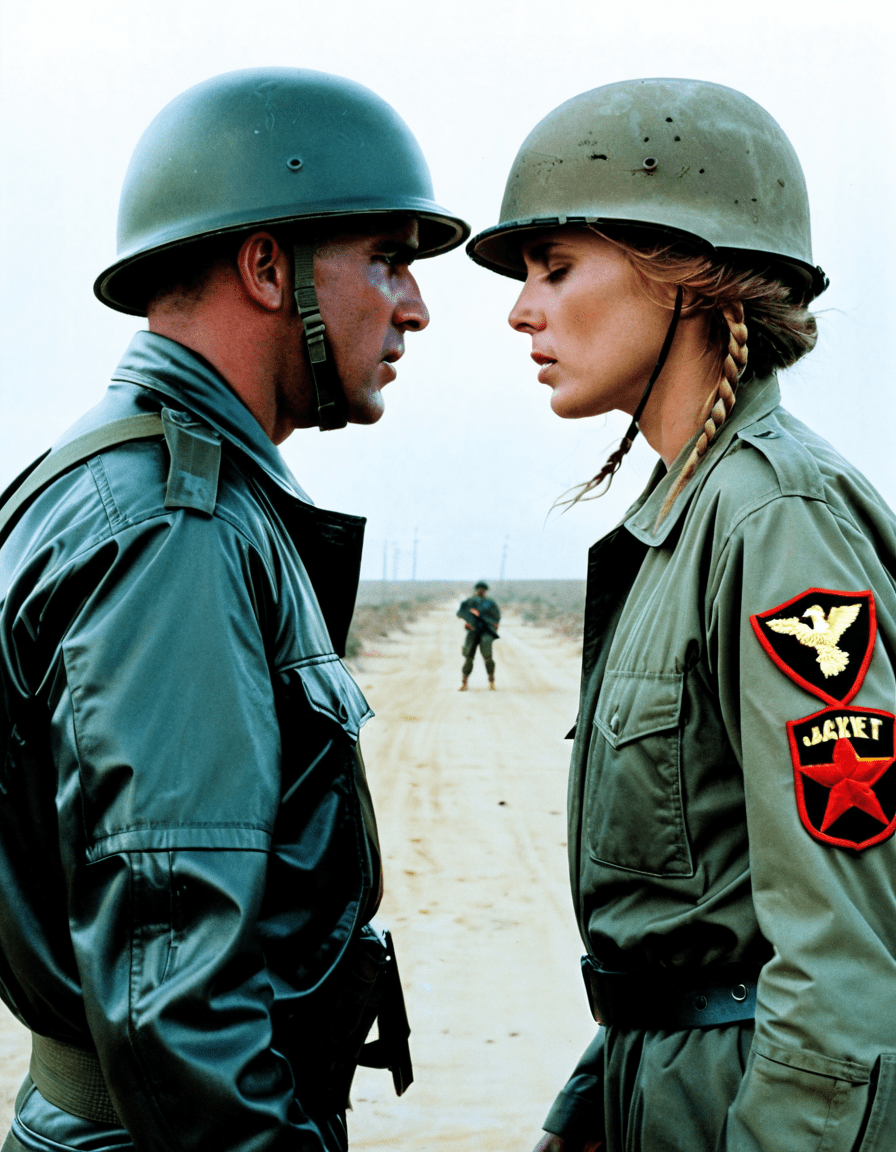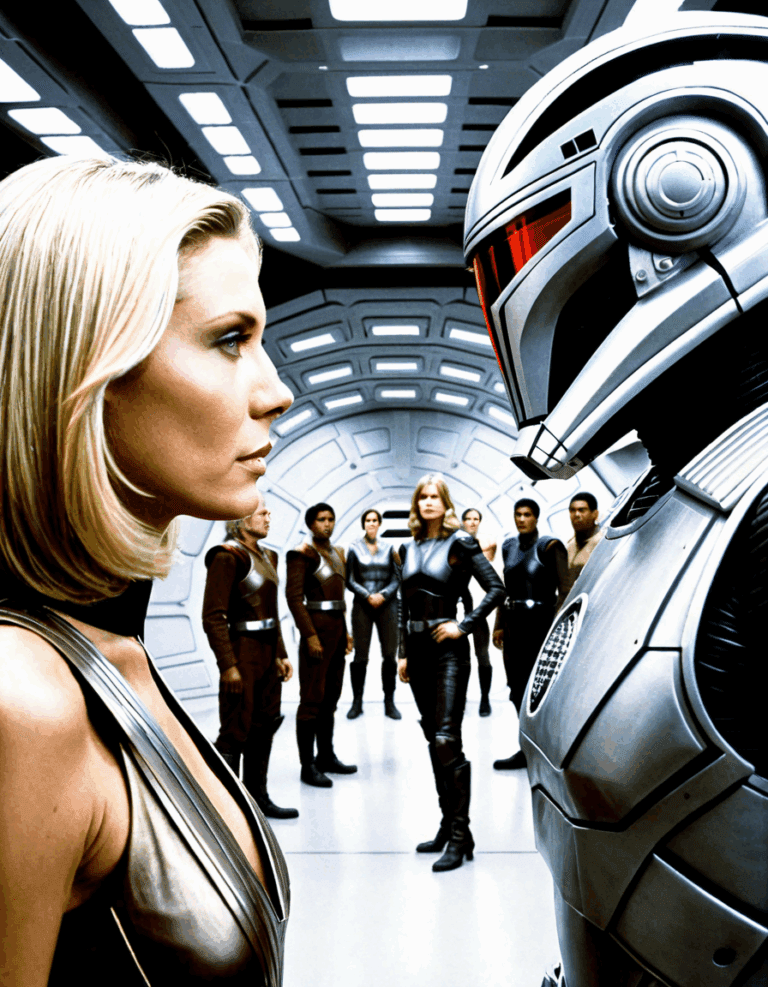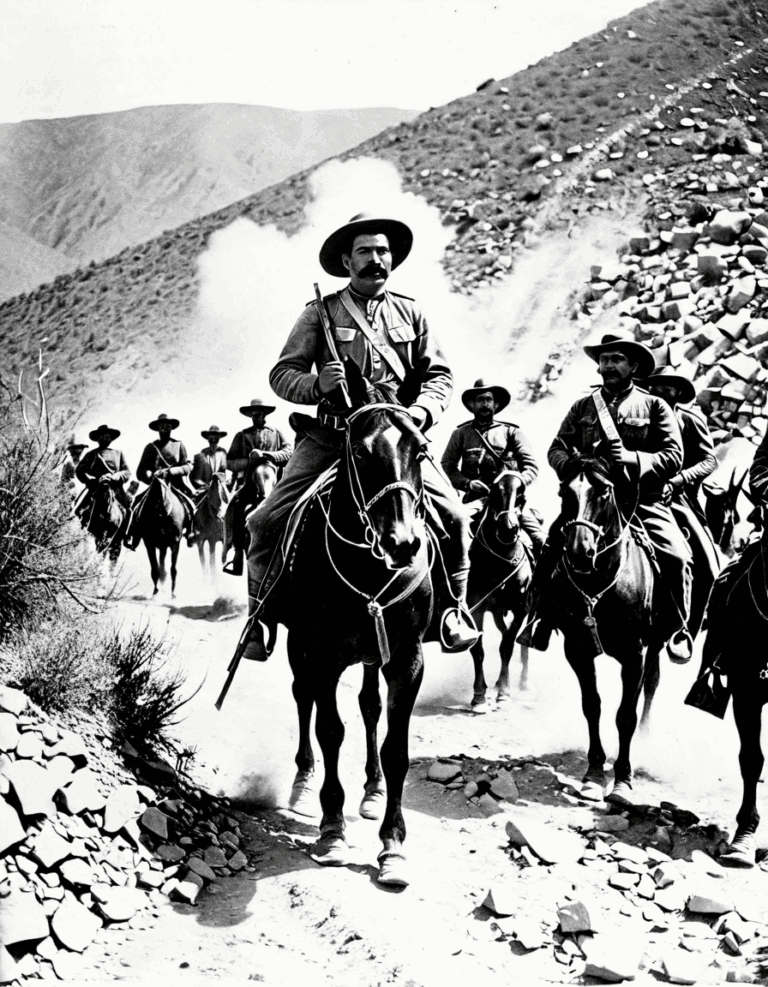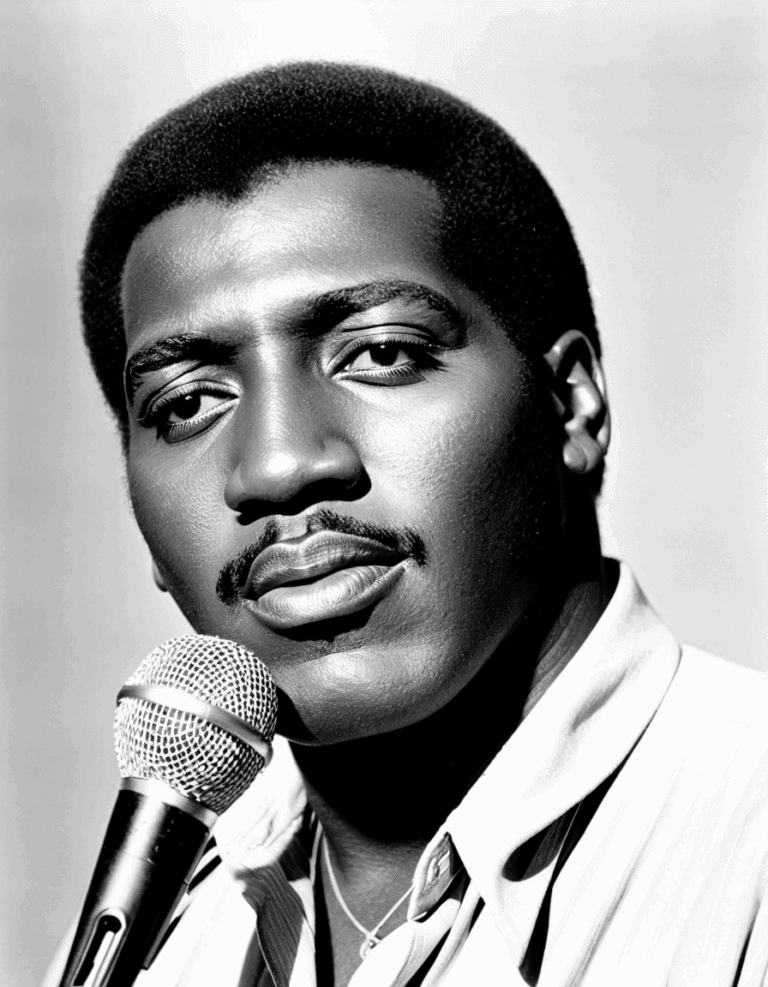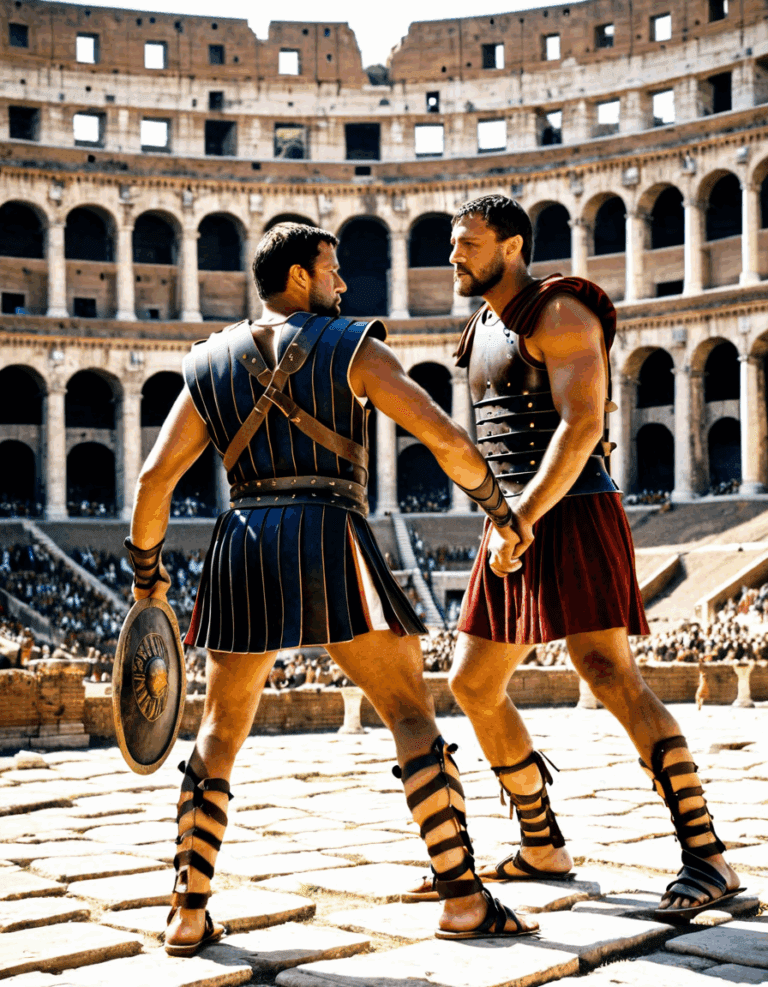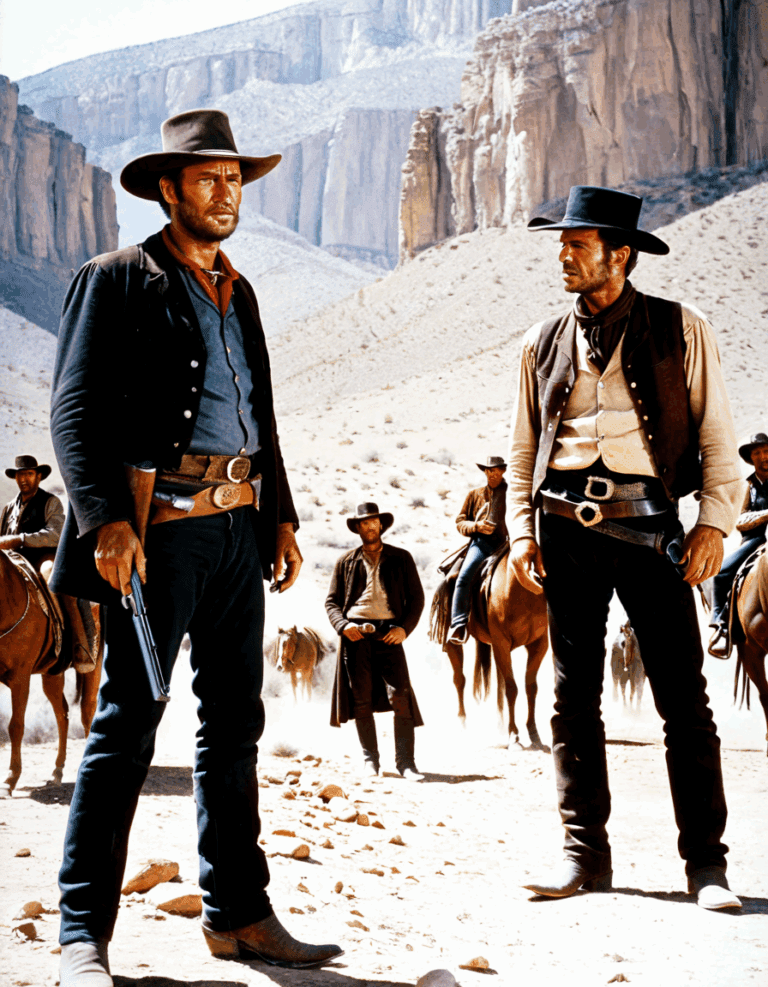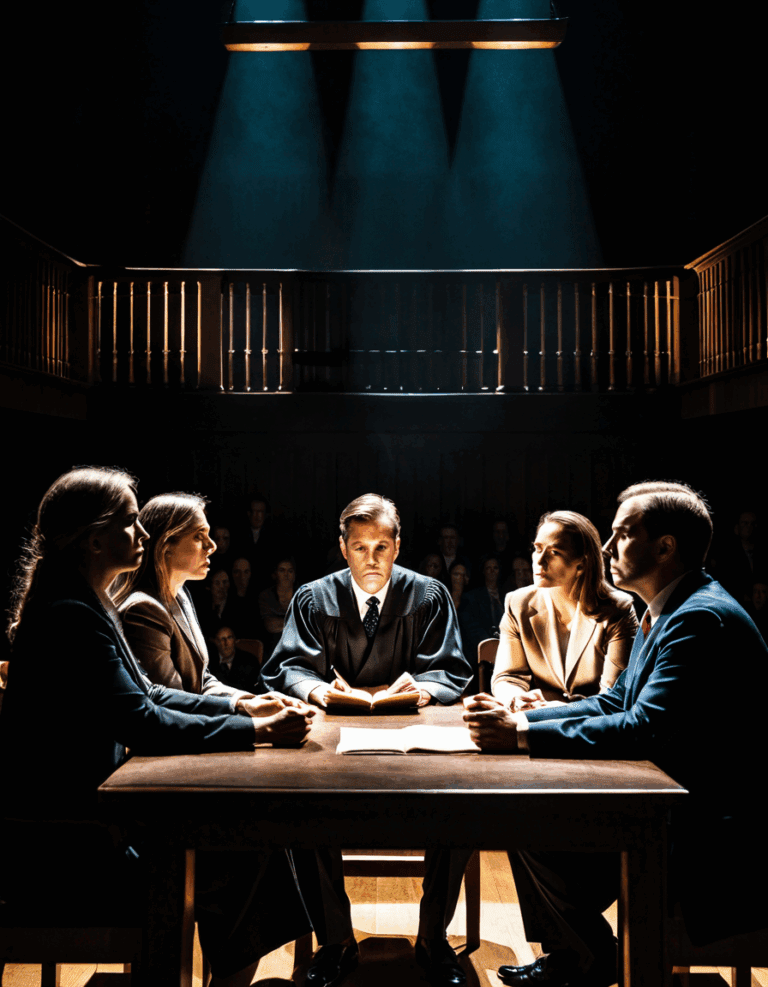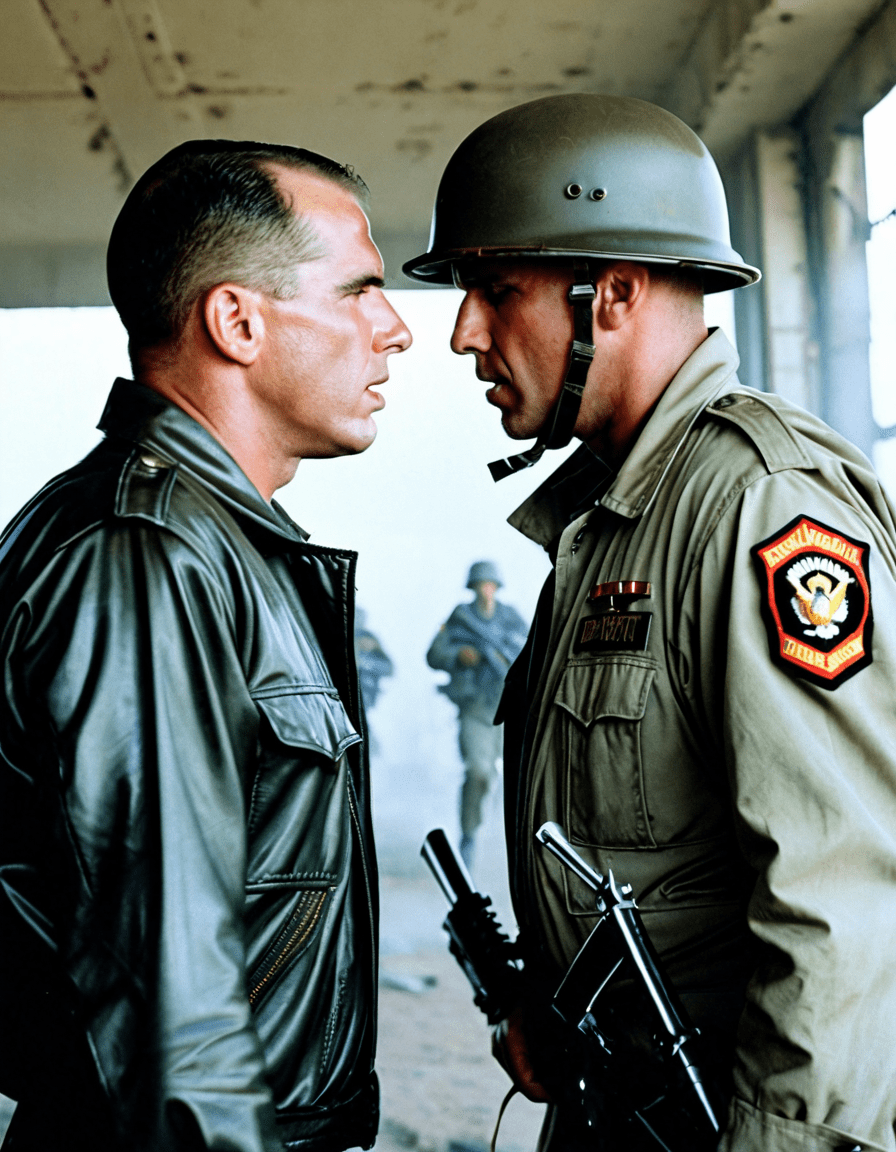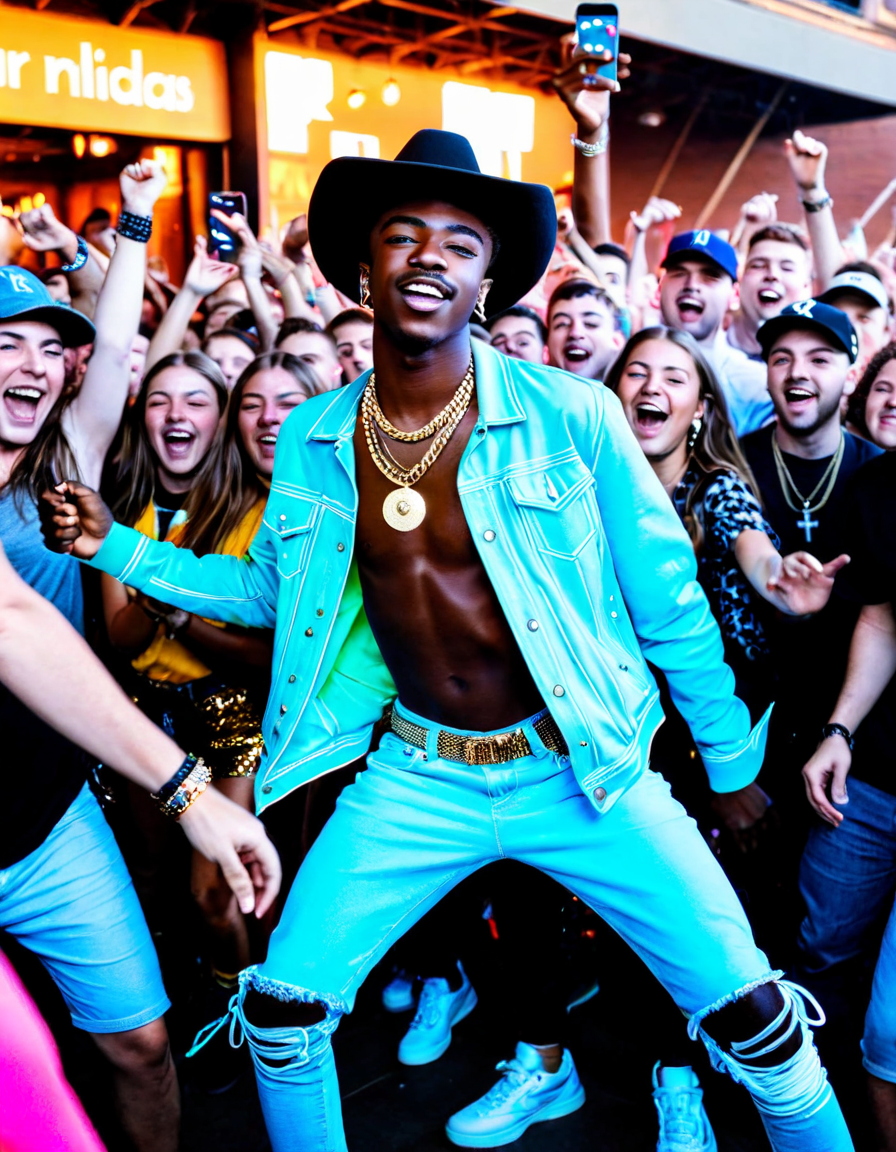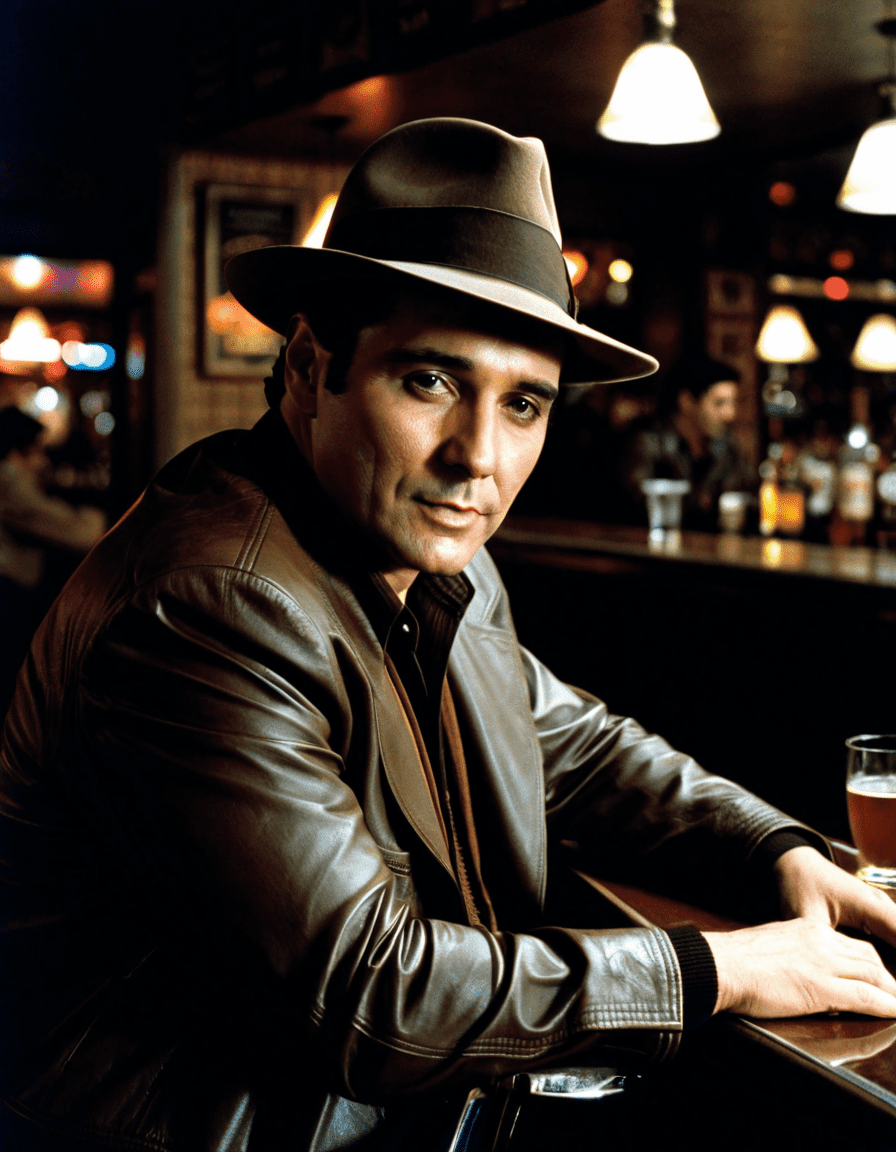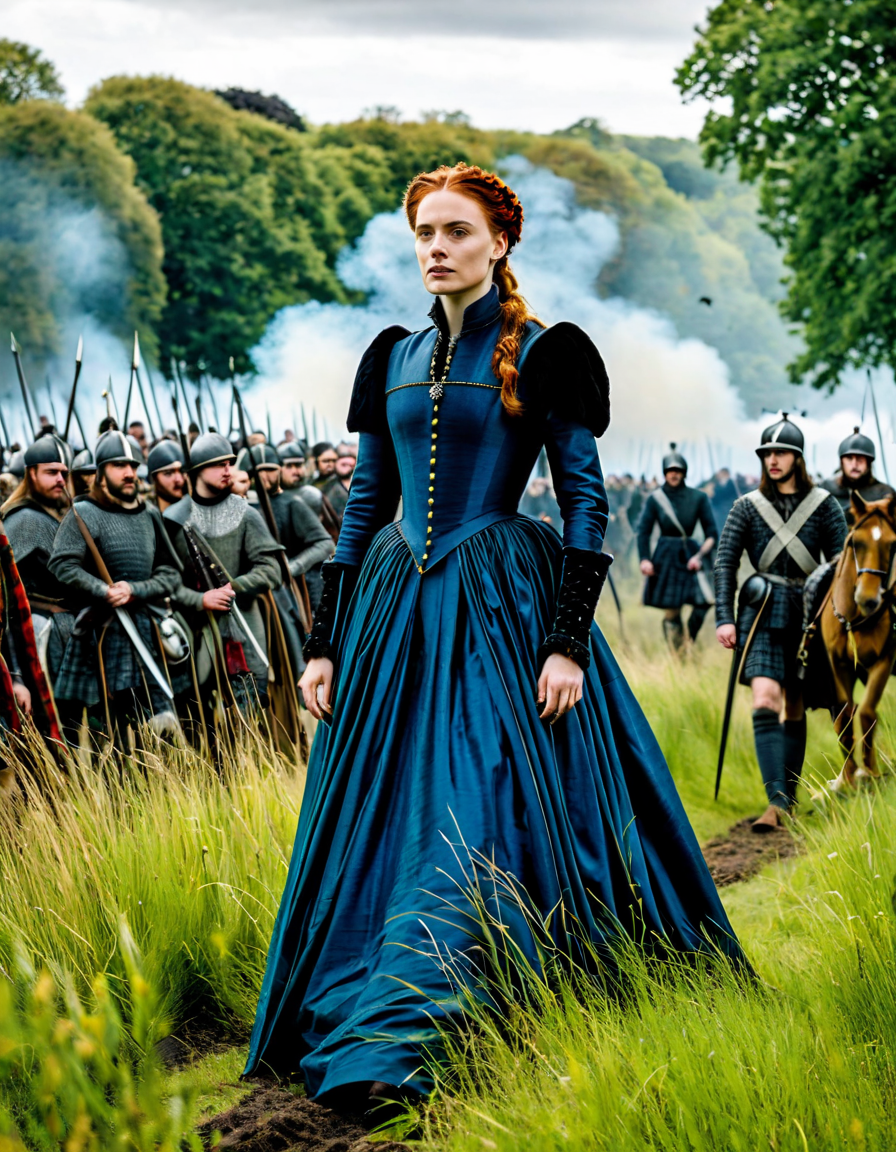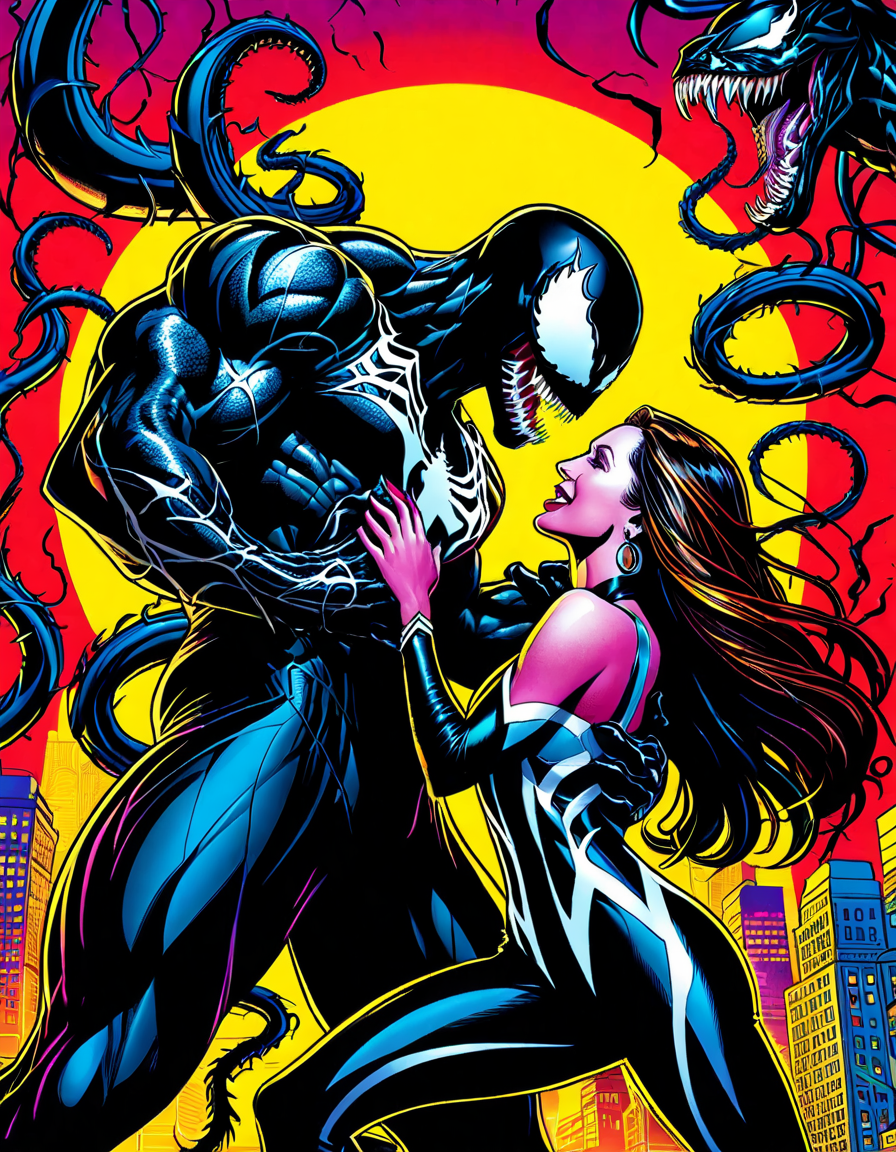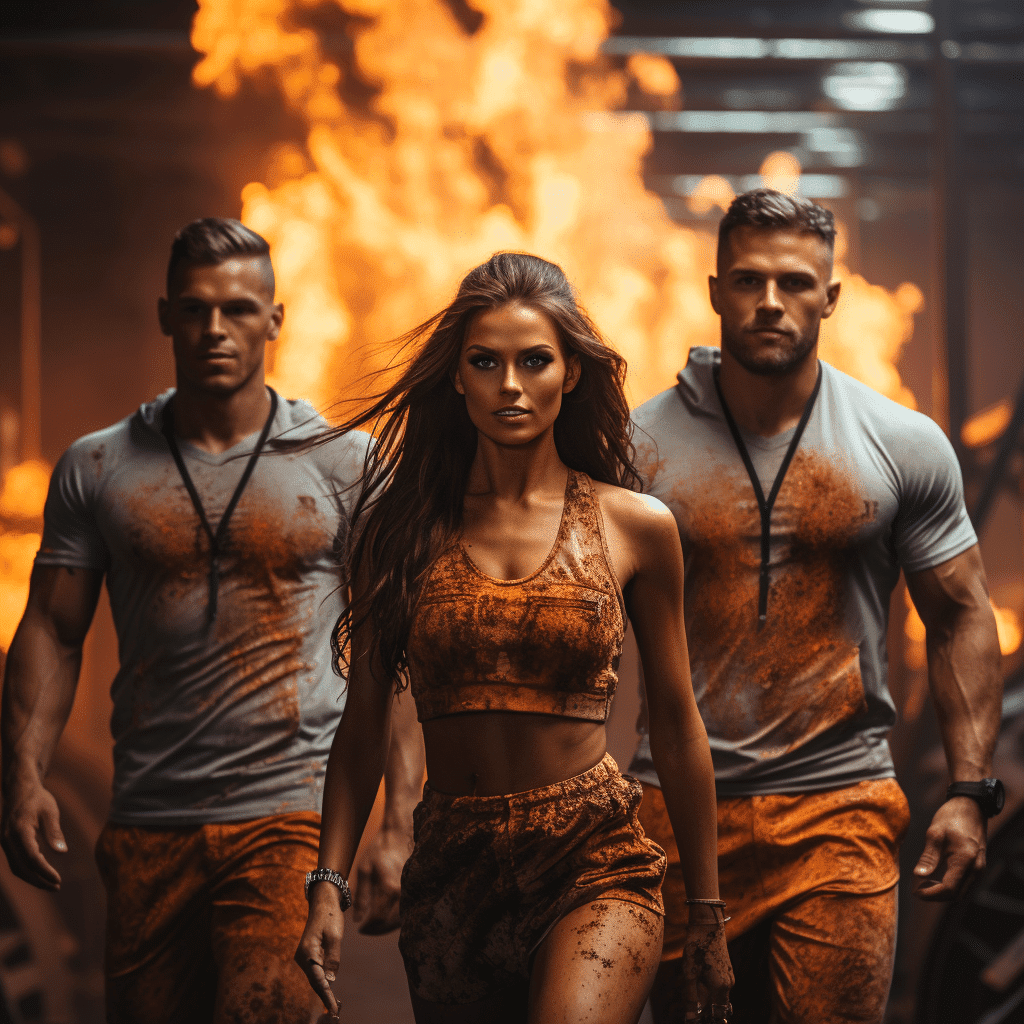Stanley Kubrick’s Full Metal Jacket (1987) isn’t just another war film; it’s a powerful exploration of the human mind shaped by the dehumanizing mechanisms of war. This cinematic triumph unfolds in two distinct acts: the grueling training process of soldiers and the chaotic reality of combat in Vietnam. With sharp contrasts, Kubrick illustrates what military indoctrination does to fresh recruits, turning them into ruthless instruments of war. More than just a story, Full Metal Jacket examines the transformation of its characters, especially Private Joker, as he wrestles with the moral conflicts of being a soldier, caught between duty and the horrific consequences of his actions.
When you dive into the film, you’ll see that it is more than a spectacle; it’s about life, trauma, and identity. The storytelling reveals not just what soldiers face but also the emotional turmoil they endure. This layered narrative pushes it beyond typical genre norms, making Full Metal Jacket a cinematic zenith that shouldn’t be missed.
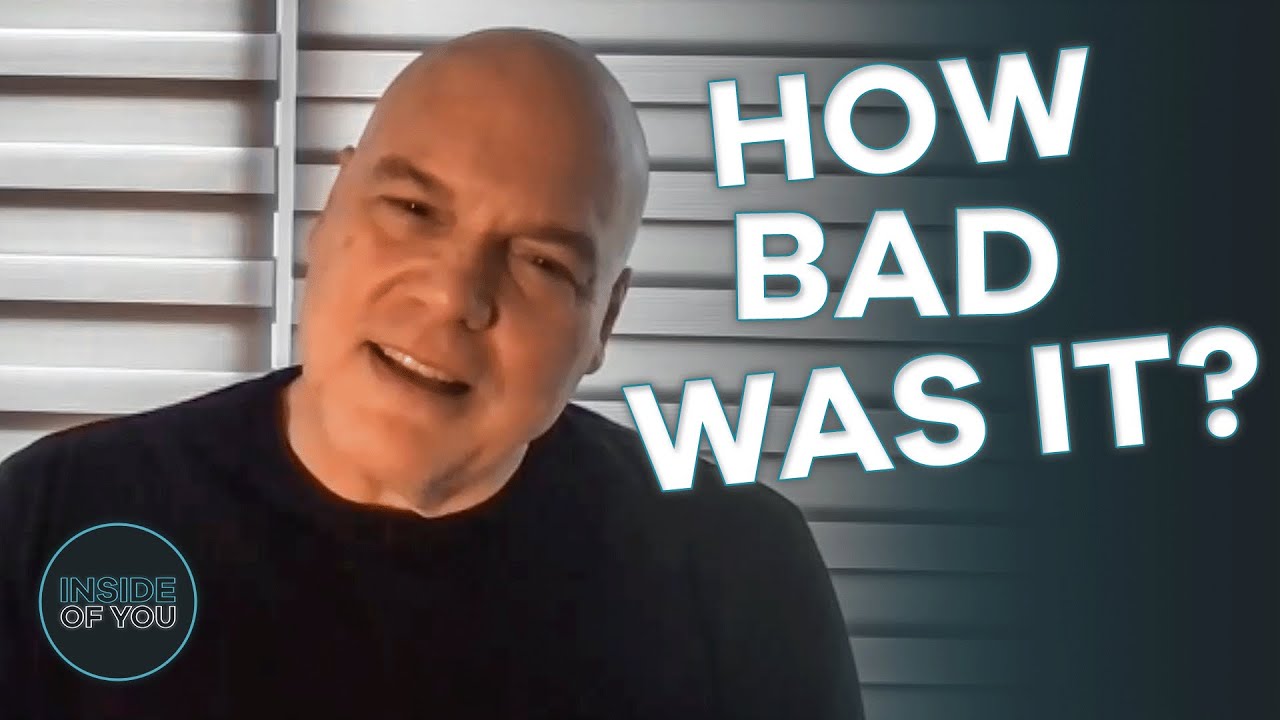
The Art of Storytelling in Full Metal Jacket
Kubrick’s storytelling is as commanding as a military drill sergeant. He crafts narratives steeped in human experience, drawing viewers into the psychological battlefield every step of the way. By splitting the film into two definitive halves, Kubrick gets to show us not only the grueling physical challenges but also the emotional scars inflicted on young men who signed up for a purpose that quickly warps into chaos.
We witness characters like Gomer Pyle descend into madness through relentless training, demonstrating how institutional conditioning can strip away individuality. This focus on character evolution captivates fans and pushes them to reflect deeply. It’s not just about soldiers marching to war; it’s about the price they pay—not just for their country, but for their sanity.
In the second half, we see Private Joker navigating the battlefield’s moral quagmires. The psychological transformation he undergoes is something every fanatical movie lover can resonate with. As Joker grapples with the absurdities and moral ambiguities of war, he embodies a universal struggle, resonating with audiences well beyond the confines of the Vietnam experience.
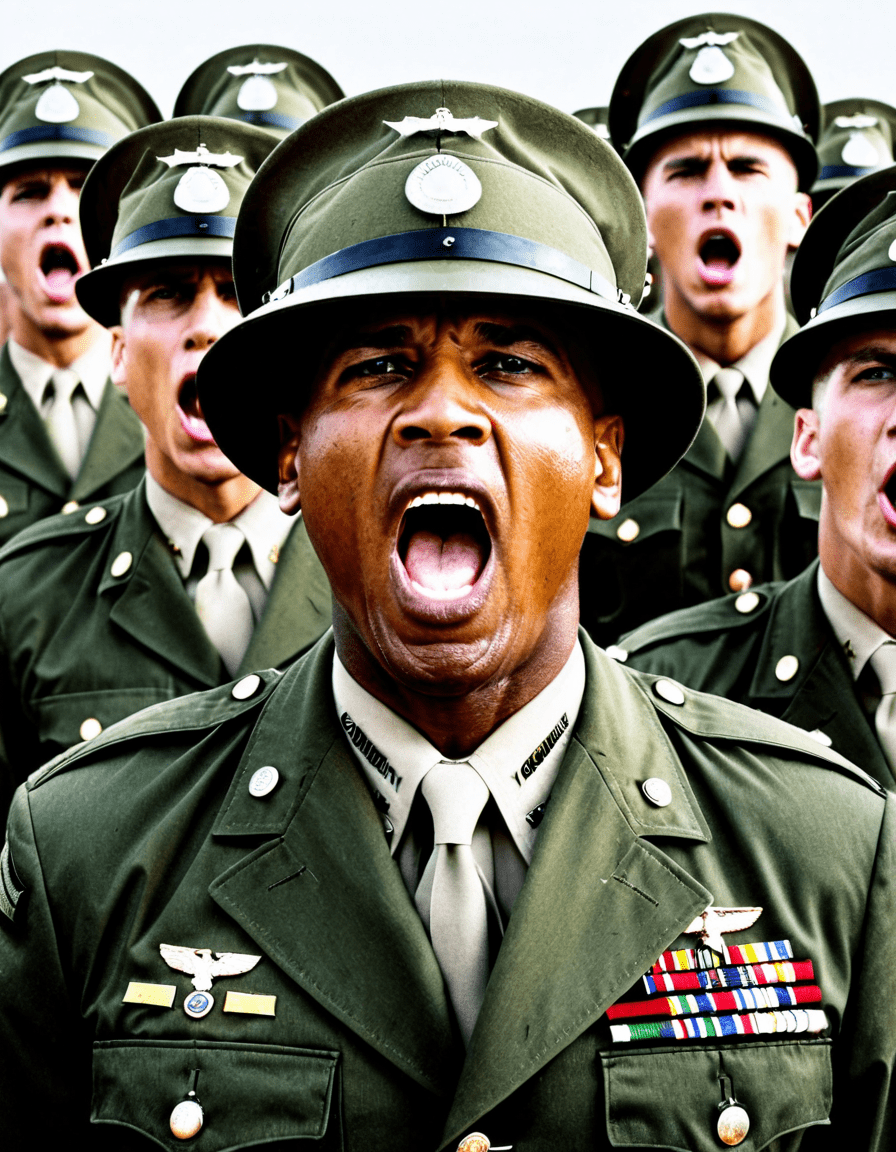
Top 5 Reasons Why Full Metal Jacket is a Must-Watch
1. In-Depth Character Development
In Full Metal Jacket, character development springs to life, letting viewers experience firsthand the crushing weight of military rigidity. From the outset, we meet Gomer Pyle, whose innocence quickly shatters under the tyrannical rule of Gunnery Sergeant Hartman. This brutal process is more than just rough training; it’s an exploration of how the system can mold individuals into something unrecognizable.
It’s this focus on transformation that keeps fans coming back for more. Each character, from Joker’s complex psyche to Pyle’s tragic arc, serves as a study in human resilience and vulnerability—qualities we admire and often reflect on as we pursue our own goals in life.
2. A Satirical Examination of War
Kubrick’s Full Metal Jacket serves up an insightful critique through a satirical lens. The film is riddled with dark humor, peppering absurd lines like, “This is my rifle, this is my gun,” against the grim tableau of Vietnam. This contrasting imagery doesn’t just entertain; it forces viewers to reckon with the grim realities of the military.
By using satire to dissect war’s glorification, Kubrick encourages audiences to scrutinize the gritty truth behind the action. These elements challenge us to think critically about our own narratives and what it means to embody a warrior.
3. Technical Mastery Behind the Lens
Beyond storytelling, Kubrick’s technical brilliance dazzles. His choice of wide-angle shots evokes the brutal expanse of war, while children’s laughter juxtaposing with scenes of violence underscores tragedy’s weight. Add chilling musical scores like “Ride of the Valkyries” during the helicopter sequence, and you get an immersive, gut-wrenching atmosphere that leaves an imprint.
Every detail—framing, pacing, and sound—works in harmony to create a visceral viewing experience. It’s this technical mastery that captivates fans and brings Full Metal Jacket to the forefront of war cinema.
4. Cultural Impact and Conversations on Masculinity
Full Metal Jacket thrives in dialogues about masculinity and war. The film has sparked discussions that remain ever-relevant. Iconic quotes have seeped into pop culture, making it a reference point in various discussions—from military training to simplistic portrayals of manhood.
This discourse surrounding toxic masculinity finds a home in Kubrick’s narrative, propelling viewers to reflect on the pressures faced by men to conform to rigid societal norms. This sits in parallel with discussions from current movements surrounding men’s mental health, which continues to evolve as we dig deeper into these complex issues.
5. Timeless Relevance
Despite being decades old, Full Metal Jacket remains relevant. Modern conflicts echo sentiments expressed in the film, forcing today’s audiences to confront the realities of violence and warfare. As we explore issues like civilian trauma and military honor in conflict zones like Iraq and Afghanistan, Kubrick’s work serves as a mirror to 21st-century circumstances.
The themes embedded within the film act as focal points for understanding humanity’s struggles with identity and war. This enduring relevance makes Full Metal Jacket a must-see for anyone delving into historical narratives or cinematic artistry.

The Legacy of Full Metal Jacket in Modern Cinema
The mark Full Metal Jacket left on film is undeniable. Its themes resonate throughout modern war cinema, influencing filmmakers like Clint Eastwood in American Sniper and Hacksaw Ridge. Kubrick’s exploration of morality within warfare has set the stage for these narratives, establishing foundations that continue to frame discussions around conflict in contemporary storytelling.
Directors and fans alike pay homage to Full Metal Jacket, acknowledging its groundbreaking approach to portraying the effects of war on the human psyche. Its legacy cannot be understated; it stands as a touchstone for modern filmmakers aiming to explore the darkness in humanity often manifested during wartime.

Wrap-Up: The Enduring Impact of Full Metal Jacket
In summation, Full Metal Jacket remains an iconic film defined by Kubrick’s extraordinary storytelling and technical prowess. Its incisive examination of the psychological toll of conflict remains pertinent. This film is a call to examine the strains of war and identity that confront us in every era.
Whether you’re a fanatical lover of cinema or someone curious about the impacts of violence on society, Full Metal Jacket has insights that resonate with all. As the world becomes more attuned to the psychological repercussions of conflict, this masterpiece continues to inspire dialogue, ensuring it remains a vital discussion point in film studies and beyond. Don’t miss revisiting this incredible film and absorbing all the valuable lessons it offers.
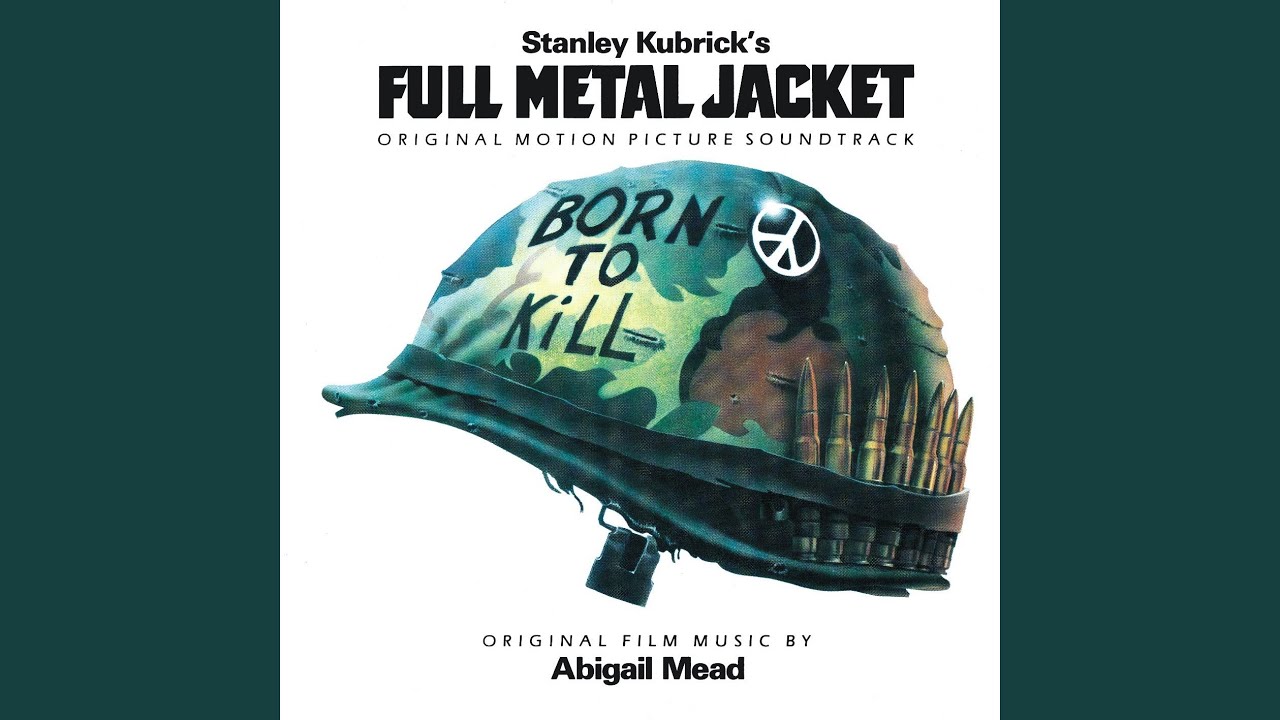
Full Metal Jacket: Fascinating Facts & Trivia
Behind the Scenes Insight
Did you know that “Full Metal Jacket,” directed by Stanley Kubrick, has a stunning production history? The film is not just a gritty glimpse into the Vietnam War; it embodies a deep commentary on the psychological impacts of war on young soldiers. Interestingly, the film’s iconic sergeant, played by Lee Ermey, was initially brought in as a military advisor but ended up delivering one of the most memorable performances ever captured on film. Kubrick had a knack for pulling raw emotions from his actors, a skill that may be likened to how artists like Ruth Pointer capture profound notes in their music. Plus, the film’s haunting scenes are further enhanced by a soundtrack that blends classic rock with chilling sounds of war, keeping audiences on the edge of their seats.
Cultural References and Influences
“Full Metal Jacket” isn’t just an impactful film; it’s also made waves across various pop cultures. For instance, it’s frequently featured in discussions about classic cinema and has influenced numerous filmmakers, similar to how Battlestar galactica revolutionized the sci-fi genre. The harsh realities depicted in the film resonate even today, paralleling themes encountered during Men’s Mental Health Month, highlighting the stress and trauma often faced by veterans. Fun fact: parts of the film were shot at the abandoned Merrie Olde England amusement park in England! This peculiar location adds an eerie backdrop that reflects the chaotic tone of the narrative.
Fun Trivia to Share
If you’re looking for light conversation, here are a few intriguing tidbits about “Full Metal Jacket”: the film features two distinctly different parts, each with a different focus—one on boot camp and another on combat. This dual structure is reminiscent of how movies like “Dumb and Dumber” shift tones, blending humor and seriousness. Not to mention, the film’s title comes from actual military terminology, referring to a type of bullet casing. Coincidentally, while exploring themes of survival and conflict, it’s easy to mirror these dynamics with the adventures of Pancho Villa, whose own narrative was filled with struggle and strife.
So, if you haven’t seen “Full Metal Jacket” yet, it’s high time you added it to your watchlist. It’s more than just a film; it’s an experience that delves into the darker, thought-provoking sides of human nature, creators’ passion, and the hazardous lessons history teaches us. Plus, who wouldn’t enjoy discussing some of these surprising facts over a coffee table book filled with movie memorabilia? Trust me, it’ll spark some captivating conversations!
